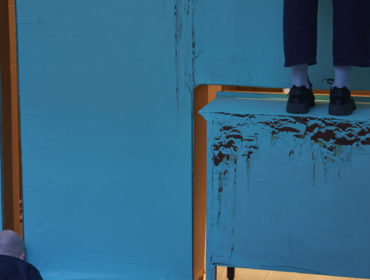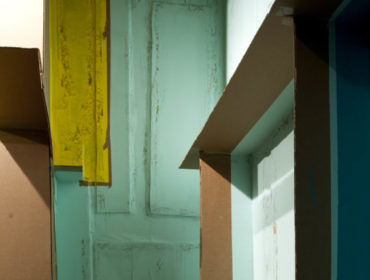Postponed
Book NowPast Event
Thu 19 Mar, 4.30 – 5.30pm
‘The essence of my work lies in experimentation and the relationship of space with my body. I’m also interested in the interaction of other bodies as they move in and around my piece. The dancer’s struggle with time is comparable to my ephemeral installations.’ Carlos Bunga
For the first of two reconfigurations of the work, artist Carlos Bunga performs in his installation Something Necessary and Useful.
Bunga creates monumental structures, proposing a transitory and corporeal architecture made of everyday materials and found objects. During this performance, Bunga will cut and move sections of his cardboard constructions and shift items of repurposed furniture. Through this gesture the artist invites the public to see the installation change and traces of the initial structure being left behind. There are no fixed forms in Bunga’s environments – everything can be moved and transformed.
7.30 – 8 pm Carlos Bunga: Something Necessary and Useful Book Launch
Artist Carlos Bunga will be present to sign copies of the exhibition catalogue Carlos Bunga: Something Necessary and Useful.

Thu 19 Mar, 7pm
£5/£3.50 concs
Artist and choreographer Joe Moran presents the first of a two part new performance commission conceived in dialogue with Carlos Bunga’s exhibition Something Necessary and Useful.

21 Jan – 6 Sep 2020
Free exhibition
Carlos Bunga (b. 1976, Portugal) creates monumental structures out of everyday materials to propose architecture as transitory and corporeal in his first major UK commission.